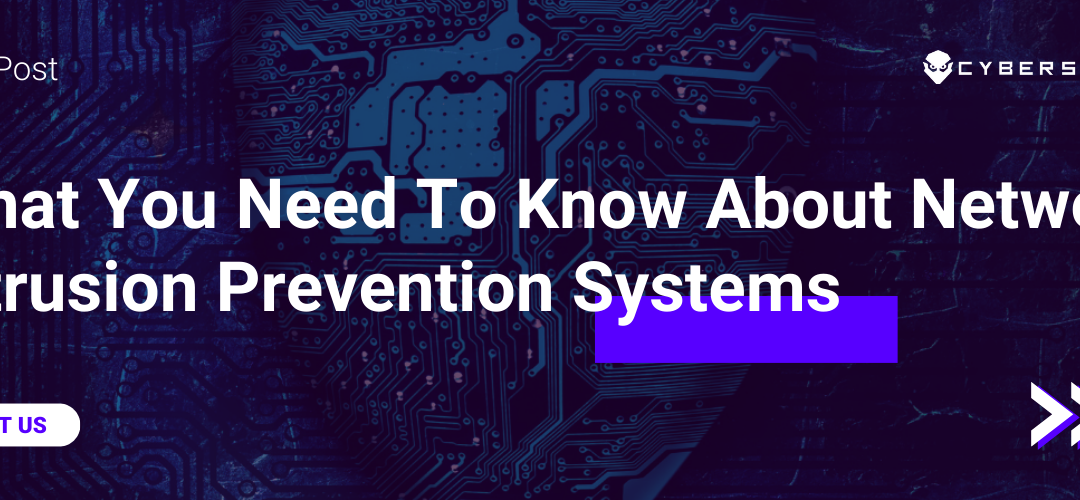As people increasingly use the internet for transactions and other daily activities, businesses must take extra measures to ensure the security of the data being exchanged online. Hackers and other malicious actors devote a considerable amount of time as well as resources seeking ways to compromise computer networks in order to access personal data and proprietary information belonging to businesses. This data, once accessed, is used for various sorts of illegal and nefarious activities. In the first half of 2018, there were roughly 4.5 billion data records compromised by malicious attacks.
As a business owner, there are several security measures that you should implement so as to avoid becoming a victim of a data breach. In addition to traditional tools and measures such as identity and access management, multi-factor authentication, and anti-malware software, it is important to use advanced security tools like intrusion prevention systems for an additional layer of security.
What is an Intrusion Prevention System?
An intrusion prevention system (IPS) is security software that when installed, actively monitors traffic flow within your network for any threats or vulnerabilities. It is typically located behind the network firewall and provides a secondary layer of traffic analysis for malicious or suspicious data packets. Upon detection of a threat, the IPS initiates measures to mitigate or negate the threat such that there is little to no compromise to your computer network.
IPS Detection Methods
There are three primary methods used by intrusion prevention systems to detect potential threats to a computer network. The methods discussed below, are signature-based detection, anomaly-based detection, and stateful protocol analysis.
1. Signature-Based Detection
This is the simplest IPS detection method. With signature-based detection, the software examines the patterns of traffic flow into and out of the network. These patterns, known as signatures, are compared against known cyber-attack patterns. A threat is flagged if it detects any similarity between a traffic pattern and the traffic pattern of a previously reported threat. If the hacker were to use a new signature to execute an attack, however, this may go undetected because the software would have nothing to use to compare the new traffic signature.
2. Anomaly-Based Detection
This is a more accurate IPS detection method. With anomaly-based detection, the software analyzes the traffic flow to and from a computer network to obtain a baseline of what is normal flow for the network. This period is known as the training period. Once this training period is over, the software then analyzes the network for any deviations from what is considered normal. These deviations are flagged as potential threats which trigger a host of preventative actions to negate the threat. The major downside to this detection method is the potential for false positives; legitimate variations in traffic flow may be flagged as threats.
3. Stateful Protocol Analysis
Computer networks typically have vendor-defined specifications for how network protocols are to be normally utilized. Some activities should only occur when network protocols are in specific states or formats. With stateful protocol analysis, the software examines activity within the network as well as the protocol state during the activity. This is then compared with the vendor-defined specification for what the protocol state should be for that activity. Any detected discrepancy or deviation is flagged as a threat and appropriate measures are taken accordingly.
Conclusion
When choosing an intrusion prevention system for your business, you want to ensure that it offers you maximum protection against old and new threats. At Cyber Sainik, we have the knowledge and expertise needed to set up your business with an intrusion prevention system that keeps your network fully secure. We will work with you to assess your network and provide the intrusion prevention system that is best suited to your business needs. Contact us today for more information.




